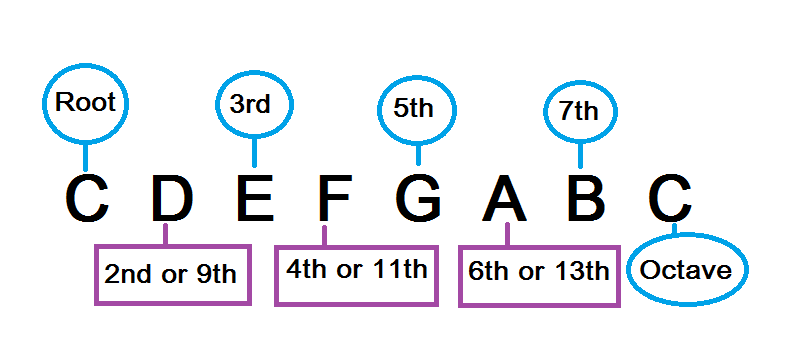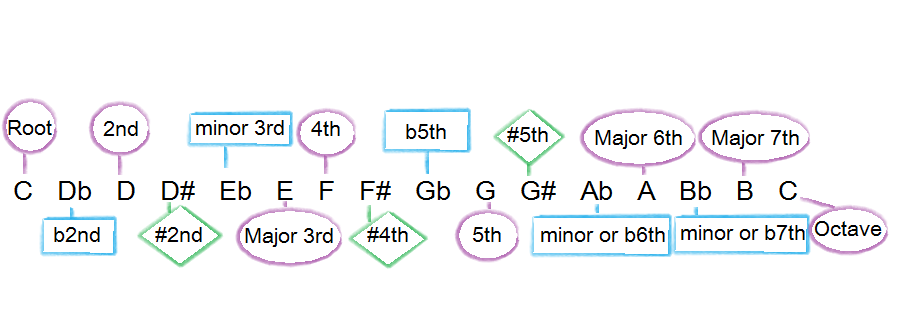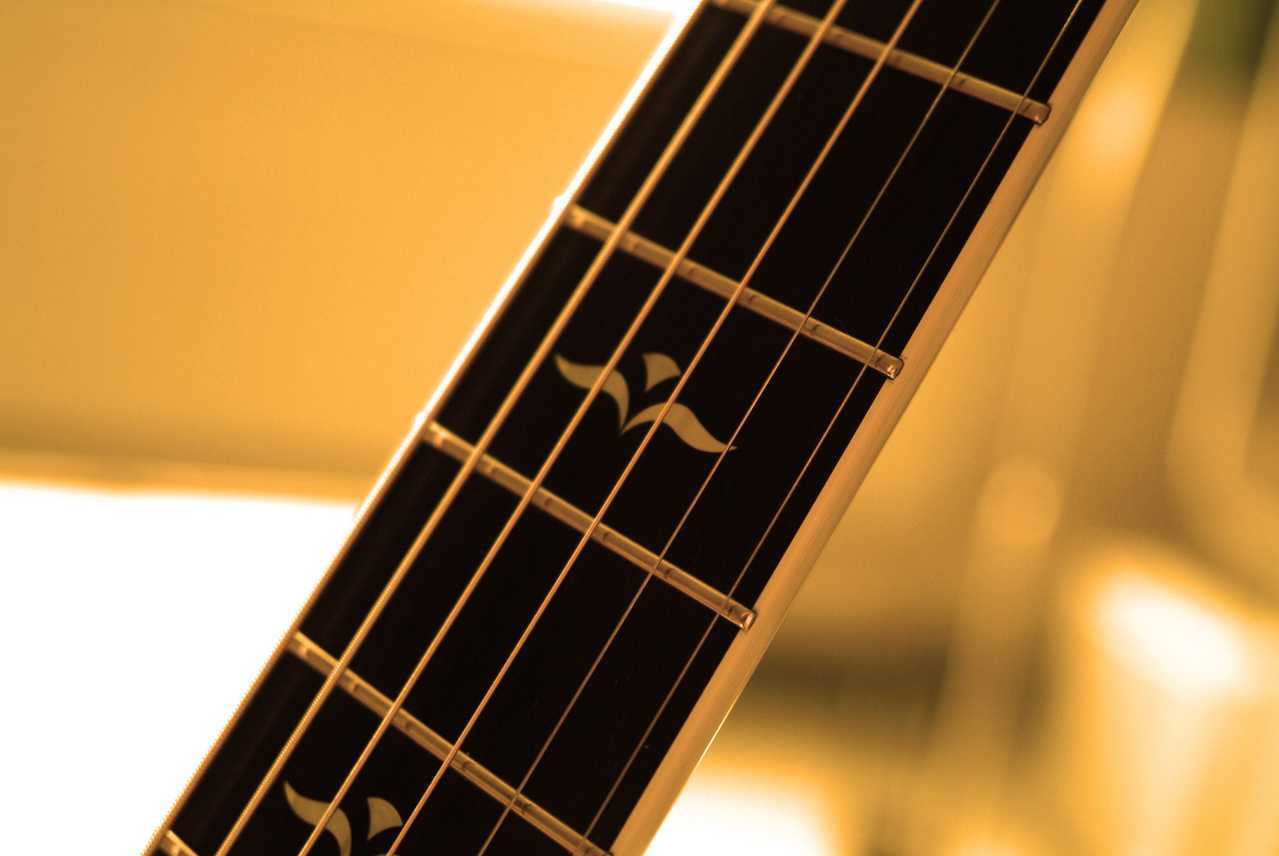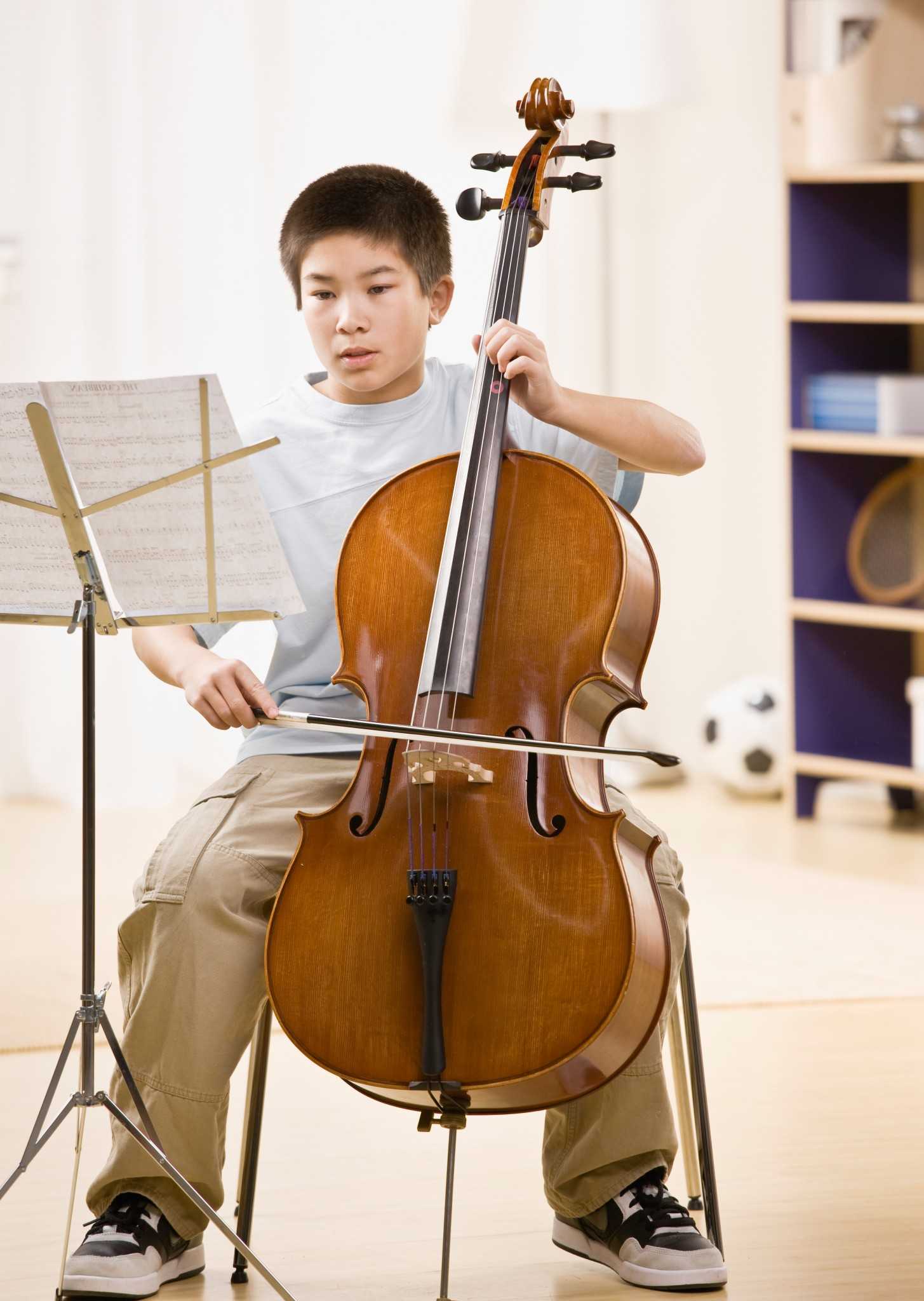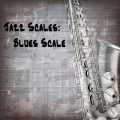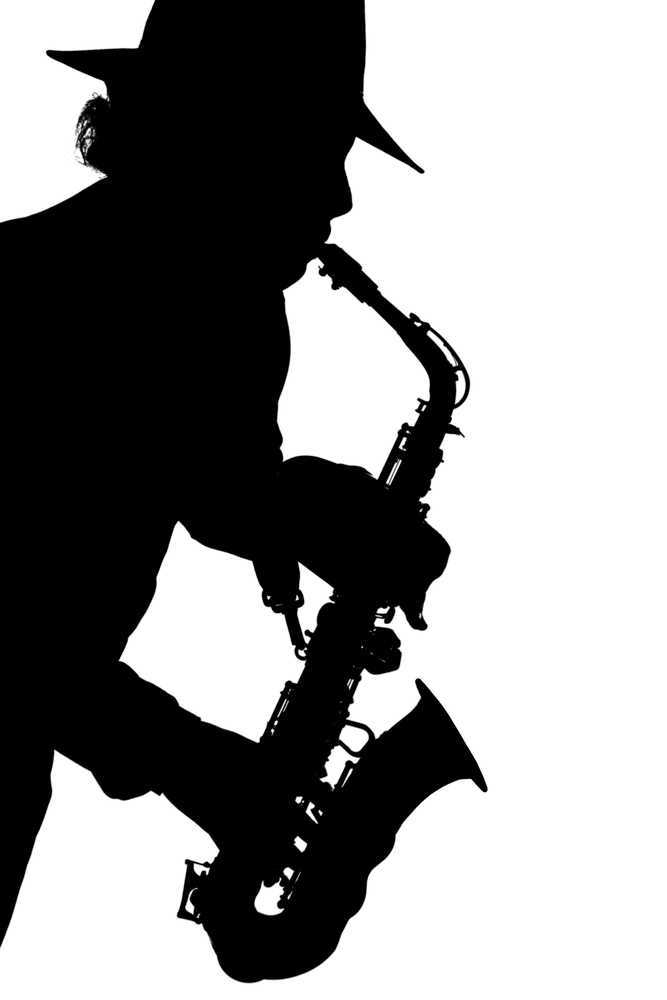There’s a famous story about the great jazz trumpeter Clifford Brown waking up and, while still in bed, going over his charts- first playing through all the roots of the chords, then the 3rds, 5ths, 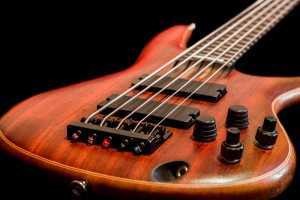 7ths, 9ths, etc. This story always inspired me and has become a regular part of my jazz practice routine and jazz bass technique, although I don‘t practice my bass in bed!
7ths, 9ths, etc. This story always inspired me and has become a regular part of my jazz practice routine and jazz bass technique, although I don‘t practice my bass in bed!
Another major influence is jazz great Ray Brown’s Bass Method which consists primarily of fundamentals – scales, chords, arpeggios, and interval exercises. The last part of the book has more specific jazz bass techniques like drops (fills at the end of phrases), blues lines, and solo exercises. Ray Brown’s philosophy is that knowing the fundamentals of music is essential for making you a good musician.
Last but not least is Patterns For Jazz [For Bass Clef Instruments] by Jerry Coker, Jimmy Casale, Gary Cambell, and Jerry Greens. What this book does is patternize jazz chord shapes, scales, and arpeggios into exercises that make playing jazz bass lines second nature. Clifford Brown’s practice routine, Ray Brown’s Bass Method, and Patterns For Jazz have been essential to my understanding of jazz bass technique.
Role of the Bassist in Jazz
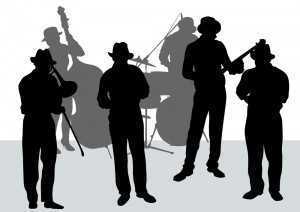 The jazz bassist’s role is to improvise chord changes and lines from chord symbols, which requires a basic understanding of musical theory (what notes/intervals/patterns constitute a chord), voice leading (creating smoothly connected bass lines), variation, and soloing.
The jazz bassist’s role is to improvise chord changes and lines from chord symbols, which requires a basic understanding of musical theory (what notes/intervals/patterns constitute a chord), voice leading (creating smoothly connected bass lines), variation, and soloing.
A basic jazz lead sheet or chart contains a melody with chord symbols which the musicians use to improvise and create jazz spontaneously. Melodic instruments like saxophone, trumpet, guitar, and piano (but it can be any instrument) play the melody before taking solos. The rhythm instruments such as the drums and bass have a different role, although they can play melody and solo too. The bass player’s main function is to create bass lines that outline the harmony, create rhythmic interest, establish a groove or feel, and play solos – everyone is equal in jazz!
Learning Jazz Bass Technique
Start by learning all the roots of the chords, then systematically learn and play all the other chord intervals (3rds, suspensions 2nds and 4ths, 5ths, 6ths, 7ths, 9ths, 11ths, and 13ths). If you don’t know what those intervals are you will need to learn some theory and/or work with a music teacher. Even though you won’t be playing all the intervals in a given chord (the bass player usually plays the lower harmonic notes: root, 3rds, 5ths, 7ths) – you should know all the notes in a chord for creating interesting bass lines and bringing out the harmony. The jazz bass is also a rhythmic instrument and usually starts with a simpler rhythm or feel that intensifies as the music evolves and develops, even reducing notes and intensity and playing sparsely for contrast or leaving space for other instrumental textures, vocalists, and soloists. 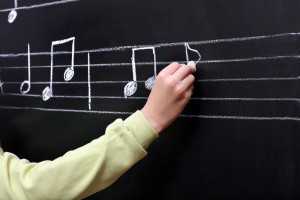
Rhythm
Think of a jazz bassist’s rhythm playing as different ways to express musical time. If you want to leave a lot of space, play whole notes or half notes – this is often the feel in slow ballads. The most common pattern for jazz bass is the walking bass line which consists of playing quarter notes. Eighth notes add syncopation and rhythmic interest. Faster notes like triplets and 16ths are used for soloing. Often the rhythm will change in the course of a jazz tune so a bass player might play in half time (slower notes) for one section, then walk in another section or variation, or even drop out for a drum solo. The amount of notes or intensity used by the jazz bass player also depends on how many players are in the group. The more players there are, the more space you have to leave for other instrumentalists and by contrast less players sometimes requires more playing or notes to fill out the texture.
Musical Patterns
While it is true that a certain amount of theory or musical understanding is required to play jazz, the most important thing is to understand musical patterns. I rarely think about note names when playing jazz bass lines – what I do understand is how to play interval patterns! I know how to play specific intervals when reading a chord symbol on a jazz chart by pattern. Without going into too much detail (and this is a secret tip!) for each interval (remember there are only 12 notes in Western music) there are maybe 3 or 4 ways to play that interval on the same string or across the strings either in close proximity or larger intervals. Here’s the other well-kept secret – a 9th = the second degree of the scale, an 11th = the fourth degree of the scale, and a 13th = the sixth degree of the scale. So, in C major a D is the 2nd or 9th, an F is the 4th or 11th, and an A is the 6th or 13th.
Just be aware that there are Major, minor, diminished, and augmented chords which effect how the specific notes in a chord are altered. This will be discussed in a more advanced post, but for example a Dm7 has the following notes: D – root, F – minor 3rd, A – 5th, and C – minor or flat 7th. A C6 chord would have the following notes: C – root, E – [major] 3rd, G – 5th, and A – [major] 6th. Even if you don’t know the names of these notes, you have to know how to play the interval shape on the neck of the bass! So when as a jazz bass player I see a chord symbol on a jazz chart I know how to play any specific interval because it’s just a pattern or shape that is replicated everywhere on the instrument fingerboard. So in essence learn to play:
I’m using C as the root, but any of the 12 notes can be the root or starting point – the pattern remains the same.
Chord symbols are shorthand for representing different types of chords: C, Dm, Edim, F+, G7#5, Asus, Bb9, Bdim7th, etc. While not in the scope of this article to document all the symbols used for chords used in jazz, it is easy to find definitions in most basic jazz books and methods, on the internet, or from a music teacher. The number of symbols are in truth not that many so it is not difficult to learn and master them.
Fundamentals
And finally back to fundamentals. It is important to learn how to play different types of scales, arpeggios, and chords in jazz without music! However, the secret is that all scales are made of intervals [the distance between two notes]! So any minor scale or chord must have a minor 3rd! As long as you know the pattern/shape for that interval (and even though knowing the note name is important, you don’t have to know it to play it) you can play the right note for that scale or chord. A flat 7th or b7th is ALWAYS a whole step below the root or parallel to the root across two strings on the same fret or position – this is what is meant by a pattern. Learn the few variations for an interval shape and you can play any chord or scale directly without music. Here’s a few examples of what I mean (I’ll use the electric bass for the example but it applies to the acoustic bass as well):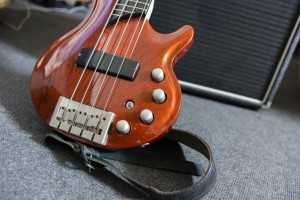
Open E string – octave E on the same string at the 12th fret
Open E string – octave E on the A string at the 7th fret
Open E string – octave E on the D string at the 2nd fret
Open E string – octave E on the G string at the 9th fret
E at the 12th fret on the E string – octave E at the 9th fret on the G string
See what I mean? Any interval can be played several different ways and there’s usually no more than 5 shapes at most for every interval. Once you learn that shape it is A UNIVERSAL PATTERN meaning that anytime you play that shape you will be playing that interval. And jazz chords are made up of these intervals as well as all scales.
Conclusion
Learning to play jazz will require practice, skill, musical knowledge, and most importantly listening to the other musicians – jazz is the art of improvisation. What is played depends on how a jazz musician reacts in real time to what other musicians in the group are playing. Each player brings their specific instrumental skill to the table and contributes to the whole. Good jazz bass technique will give you the necessary skill and chops to play jazz and make you a more well-rounded musician whatever your background or training. Regardless of what style of music you play – pop, funk, classical, country western, folk, etc., learning jazz bass technique will make you a better bass player all around.

